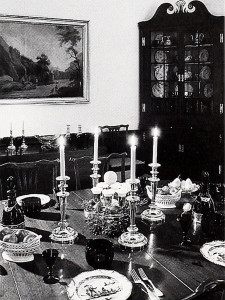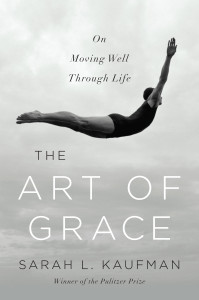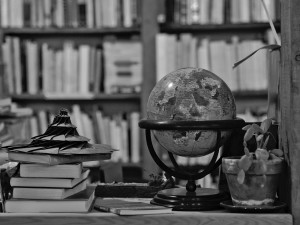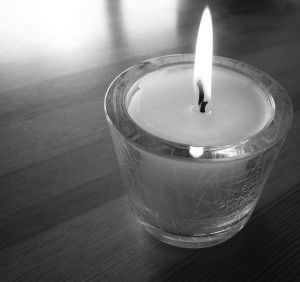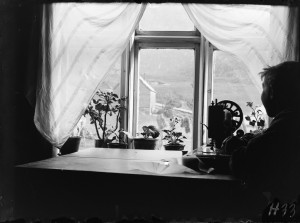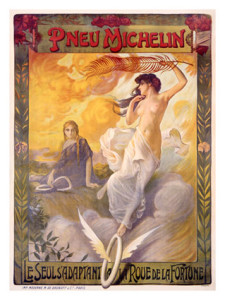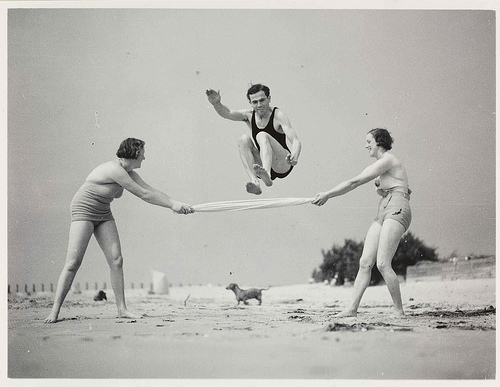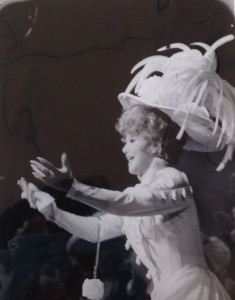
This is one of my favorite photos of Ginger Rogers. It conveys so much about her warmth and generosity, her elegant bearing, her connection to a live audience–her grace.
In this photo she’s taking a curtain call from “Hello Dolly,” on Broadway, and we can imagine that in her beautiful gesture of outreach and gratitude she’s drawing on her years of experience on the vaudeville stage, where she started out in her youth, well before her film career.
From my chapter “Working at Grace: Lessons from Vaudeville,” in THE ART OF GRACE: “Rogers is one of the most graceful creatures of any category. She danced with an emotional responsiveness you rarely see in any dancer, film or otherwise. This is what made her the perfect oil for Fred Astaire, the cool perfectionist. Rogers deepened the drama as she danced, with the way she reacted to him with her body and her eyes. That responsiveness is also there in the scenes where she is simply listening. But she not only learned how to dance, sing, and act on the vaudeville circuit, she developed an enduring levelheadedness and work ethic that carried her through seventy-three films and were just prized in a Hollywood of fragile egos and high-maintenance insecurities. That’s grace, too, because it makes things easier for everybody else.”
Here’s a little-known story about Rogers and her openness: She commissioned a bust from the Japanese American artist Isamu Noguchi, one of the most important artists of the 20th century, and they worked together on it after the Japanese bombing of Pearl Harbor, in the face of nationwide antipathy toward the Japanese. According to Rogers’ biography, it happened to be Dec. 7, 1941 — the day of the Pearl Harbor attack — when she got word that Noguchi was willing to sculpt her. The next day, as the nation was roiling with grief and hatred of the Japanese, Rogers invited Noguchi to her home. She eventually built a studio in her house where he began working on the commission.
But Noguchi’s work on the piece was interrupted. As the government began rounding up people of Japanese heritage to send them to internment camps, he volunteered to join them. It was from one such camp in the Arizona desert that he completed her bust. Despite the climate surrounding her, Rogers never wavered in her support of the great artist. It’s a touching story, which I wrote about for The Washington Post when letters between Noguchi and Rogers went on display alongside the bust at the National Portrait Gallery in Washington, D.C. You can read my story here: How Ginger Rogers and Isamu Noguchi worked together.
